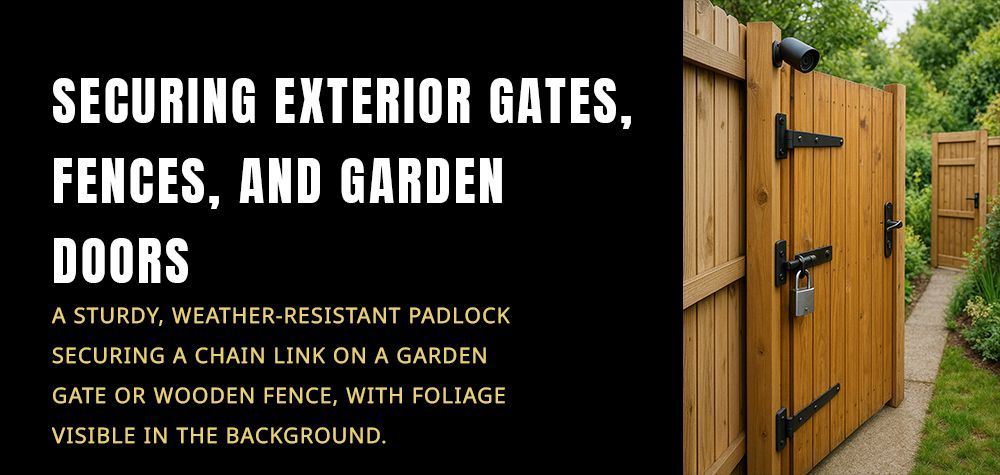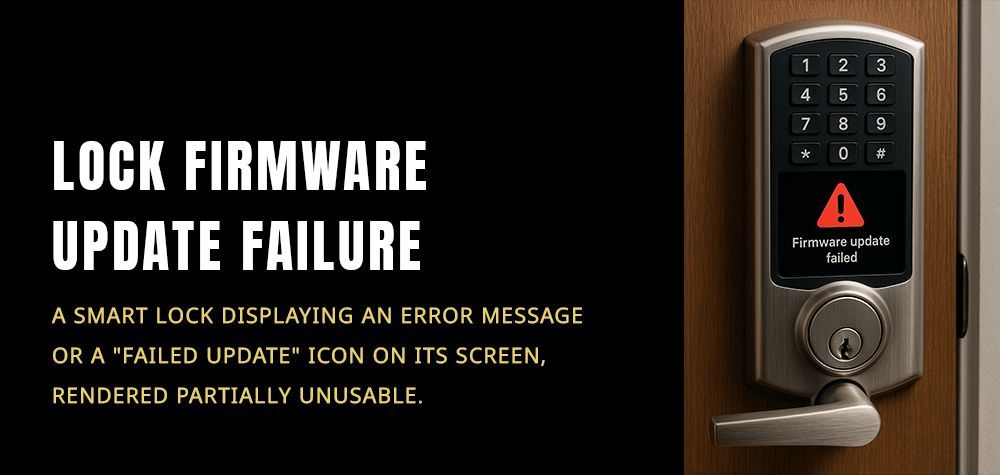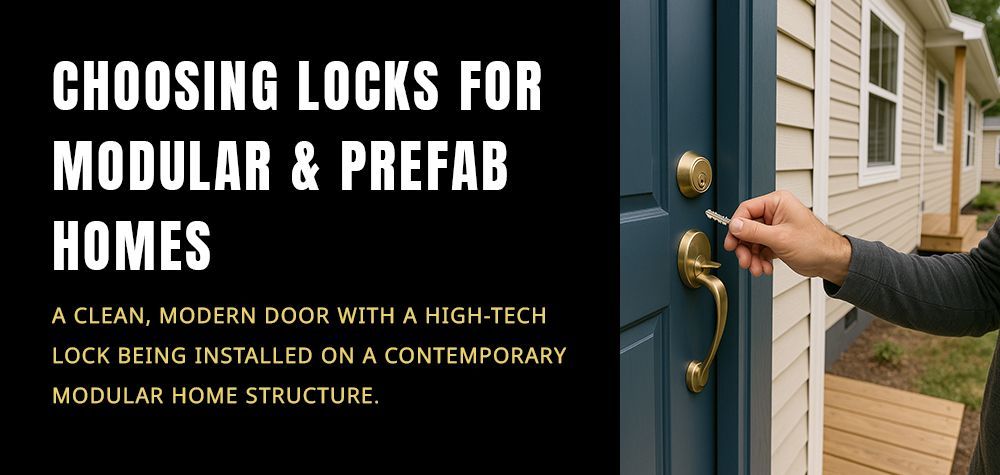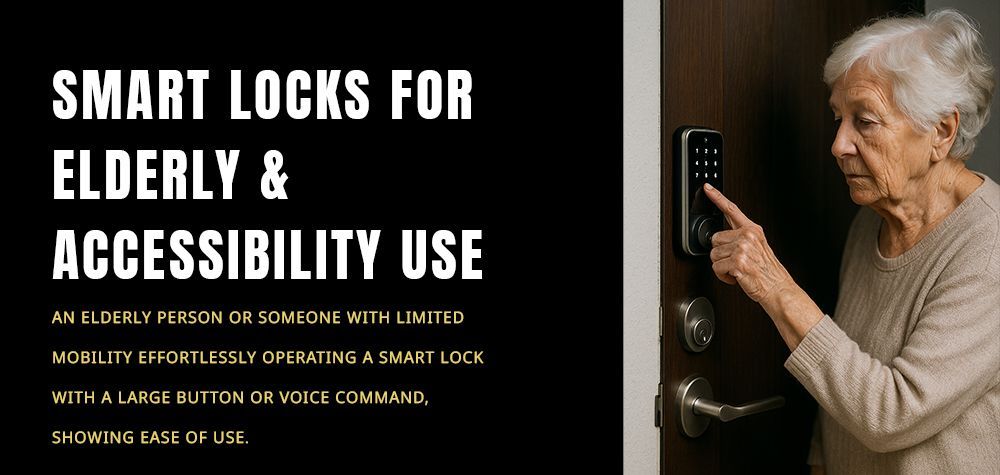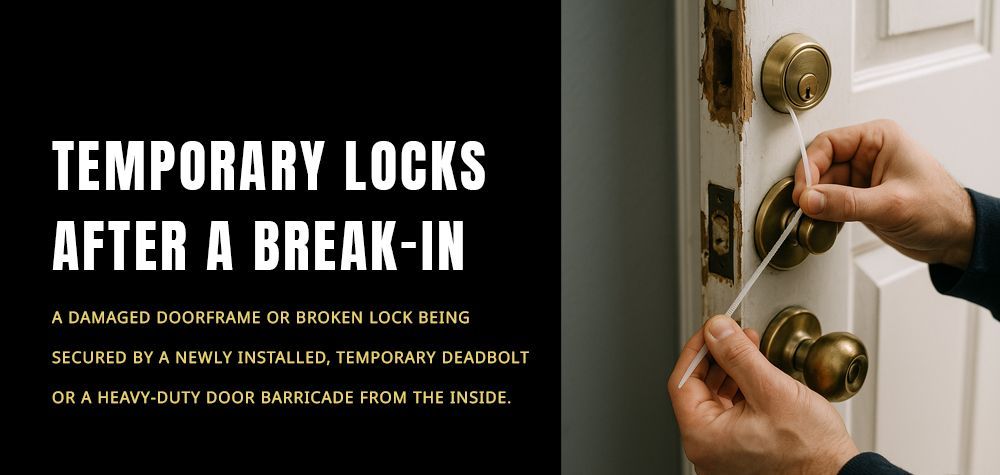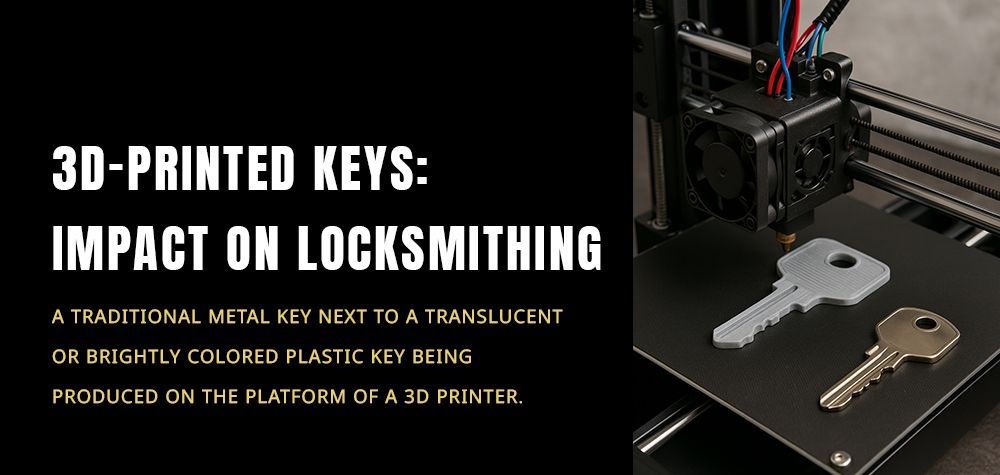What to Do When Your Smart Lock Software Is No Longer Supported
Smart locks are convenient, modern, and increasingly common—but like all digital devices, they rely heavily on software. When the manufacturer discontinues updates, stops supporting the app, or ends cloud services, your lock may start acting unpredictably or even become a security risk. This situation is more common than people realize, especially with smaller brands, old models, or discontinued product lines.
If you’ve recently discovered that your smart lock software is no longer supported, this guide explains what it means, what risks you face, and what you can do to protect your home.
Are smart locks safe for elderly or accessibility use?
Understanding What “No Longer Supported” Really Means
When a smart lock loses software support, it doesn’t always stop working immediately. Your lock may still open, close, and respond to basic commands. However, support loss typically means:
- No more security patches
- No bug fixes
- No app updates
- No cloud/server maintenance
- No customer service
- No replacement parts or firmware improvements
Essentially, your device enters a “frozen” state. It may work for a while, but as technology evolves, it becomes outdated, vulnerable, and potentially nonfunctional.
Why Manufacturers Stop Supporting Smart Lock Software
There are several reasons why a product transitions into end-of-life (EOL) status:
- The model is outdated
- The company has shifted to new technology
- The brand was acquired or shut down
- The servers powering remote features were discontinued
- Regulatory or security standards changed
- The hardware cannot handle modern encryption
Although it’s frustrating, it’s common in the world of IoT (Internet of Things) devices. Locks, unfortunately, are not an exception.
Immediate Risks of Using an Unsupported Smart Lock
When a lock no longer receives updates, several issues may arise.
Security Vulnerabilities Increase
Outdated software becomes a target for hackers because known vulnerabilities are never fixed. Encryption standards may go out of date, and flaws in the original firmware may become public knowledge.
Malfunctioning Features
Remote access, notifications, auto-locking, or Wi-Fi functionality may start to break as smartphone operating systems update but your lock does not.
Cloud Services May Stop Working Entirely
If your lock depends on the manufacturer’s server for remote commands, the lock may lose all cloud connectivity once the service shuts down.
App Compatibility Issues
A new phone update can make the app unusable, leaving you stuck with a lock you cannot manage digitally.
Shorter Device Lifespan
Without firmware support, your lock becomes obsolete far sooner than expected.
Step One: Check Whether Your Lock Still Functions Offline
The first thing to determine is whether the lock has basic offline functionality. Some smart locks can still be used manually even if the software is gone. Test the following:
- Physical key access
- Keypad entry (if applicable)
- Manual thumb-turn
- Bluetooth-only features
If your lock still opens and closes via physical means, you have time to plan your upgrade instead of panicking.
Step Two: Create Backup Access Immediately
Before anything goes wrong, make sure you are not completely dependent on digital features. Do the following as soon as you learn your lock is unsupported:
- Make spare physical keys
- Enable PIN codes (if the keypad is local and not cloud-dependent)
- Ensure every household member knows how to manually lock/unlock the door
- Turn off automated features that rely on the cloud, such as auto-unlock
A lock without support can misbehave unpredictably, so backup access is essential.
Step Three: Disconnect It from the Internet if Possible
Unsupported smart locks connected to the internet pose a much higher risk. If your lock allows it, switch it to:
- Local Bluetooth mode
- Keypad-only mode
- Offline mode
Reducing internet exposure helps protect you from cyberattacks or unauthorized access attempts.
Can a locksmith audit your home and give a security score?
Step Four: Look for Community-Supported Alternatives
Sometimes smart home communities develop unofficial apps, firmware, or integrations that keep older devices alive. This is more common with popular brands like Yale, Kwikset, August, or Samsung. Check:
- Smart home forums
- Reddit communities
- Home Assistant integrations
- GitHub projects
However, use caution—third-party software can void warranties or create new risks. Only consider trusted, well-documented tools.
Step Five: Consider Replacing the Smart Module Instead of the Entire Lock
Some smart lock brands allow you to replace the smart module while keeping the mechanical lock. This is cheaper and faster. For example:
- Upgrade the Wi-Fi module
- Swap out the Bluetooth module
- Install a newer keypad attachment
A locksmith can help you determine whether your model supports modular upgrades rather than requiring a full replacement.
Step Six: Upgrade to a Supported, Future-Proof Smart Lock
If the lock’s core technology is too old, the safest long-term solution is upgrading. When choosing a new model, prioritize locks that offer:
- Strong encryption (AES-256 or higher)
- Offline functionality
- Local data storage
- Long-term manufacturer support
- OTA (over-the-air) updates
- Compatibility with major ecosystems (Google, Apple, Amazon)
- A backup mechanical key
Brands with strong reputations for long-term support tend to be safer investments.
Step Seven: Ask a Locksmith for an Assessment
Professional locksmiths can determine:
- Whether your lock is still secure
- Whether it can be upgraded or salvaged
- Whether the firmware can be manually restored
- Whether a replacement is necessary
- What model fits your door and security needs
Services like Brothers Locksmith can help you transition safely to a supported, modern system without compromising your home’s security during the process.
When You Should Replace the Lock Immediately
Some situations require urgent action. Replace your lock right away if:
- The lock is refusing to open or randomly malfunctions
- The cloud service powering remote access is shut down
- The keypad or app no longer responds reliably
- The lock firmware is corrupted
- You receive warnings from the manufacturer not to use the lock
- Your home security system cannot integrate with it anymore
In these cases, continuing to use the lock can put your home at risk.
Final Thoughts
A smart lock losing software support is inconvenient, but it doesn’t have to compromise your home permanently. The important steps are identifying the risks, creating backup access, reducing online exposure, and planning a proper upgrade. With the help of an experienced locksmith, you can move to a safer, supported system without stress.
If your smart lock has reached the end of its software life, the safest choice is to act early—before the lock surprises you at the worst possible moment.
Call Us Any Time!


